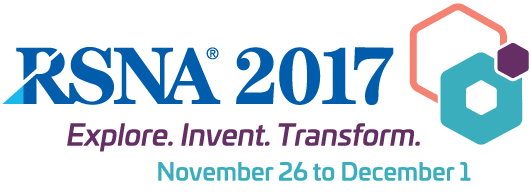
As always, LEAD will be exhibiting this year at the RSNA Annual Meeting in Chicago. The theme of RSNA 2017, Explore. Invent. Transform, invites attendees to investigate and advance radiology through innovation as a means of creating positive impact on patient care. Our entire product line will be on display and available to demo at the meeting, with a special focus on our Medical & Document Imaging technologies and upcoming major version release.
RSNA 2017
November 26 - December 1, 2017
McCormick Place
Chicago, IL
Hall B, Booth #7708


